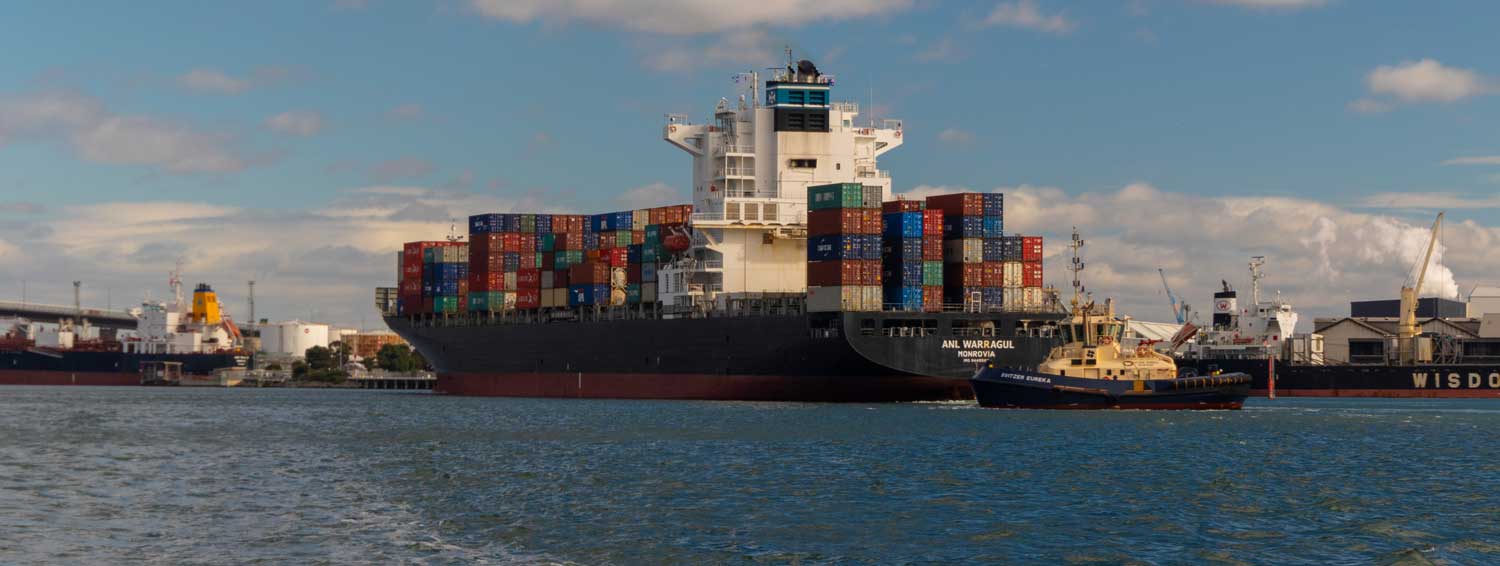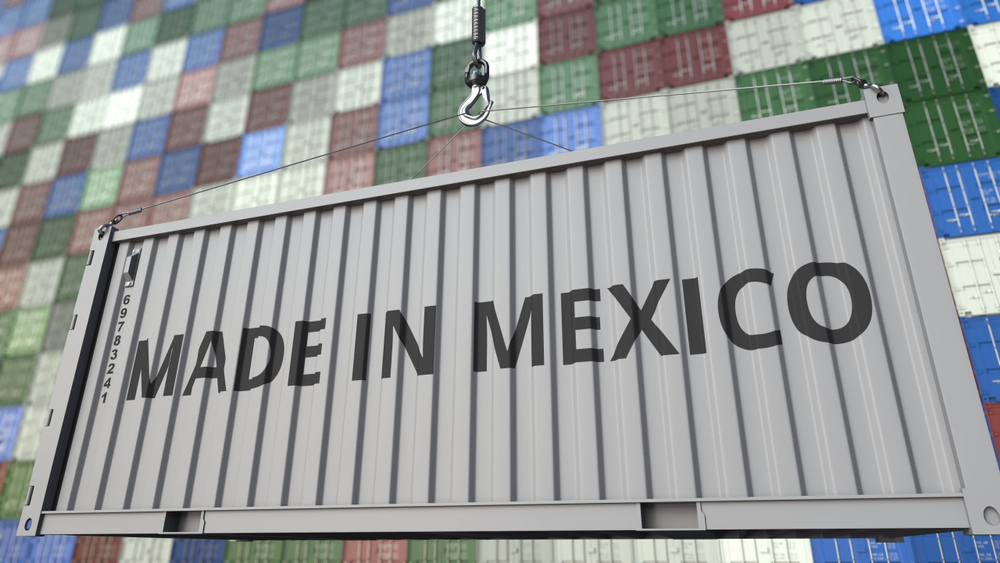Globalization, supply chain vulnerabilities, and nearshoring to Mexico have become integral strategies for businesses looking to streamline and optimize operations. This comprehensive guide explores its roots, advantages, and challenges, arming executives with the knowledge necessary for setting up manufacturing operations successfully in Mexico.
Understanding Nearshoring
Definition and Strategic Importance:
Nearshoring refers to the practice of moving business operations closer to their primary markets in order to realize cost savings, operational flexibility, and proximity benefits.
Mexico stands out to American and Canadian businesses looking to nearshore their operations due to its strategic geographical position, favorable trade agreements, and established manufacturing infrastructure.
Historical Context:
Nearshoring began in Mexico after the establishment of NAFTA (and the USMCA). These agreements were essential in linking Mexico's economy with the U.S. and forming the basis for an innovative nearshoring model that thrived over the following two decades.
The Rise of Nearshoring in Mexico
Economic Shifts and Trade Dynamics:
Mexico has experienced an upsurge in nearshoring due to global economic shifts such as U.S.-China trade tensions and the COVID-19 pandemic, both events which highlight risks of over-relying on distant manufacturing hubs as well as strategic advantages associated with nearshoring manufacturing closer to key markets.
Foreign Direct Investment Growth:
CNBC reported on Mexico's nearshoring boom in 2023, highlighting the increase of foreign direct investment to $30 billion, indicating an effective nearshoring shift and its positive effect on making U.S. markets more efficient.
Mexico is expected to experience even greater evels of foreign direct investment in 2024, led by multinational corporations across multiple industries making significant contributions.
Automotive Sector in Mexico as an Example of Nearshoring Success:
Mexico's automotive sector's success story illustrates the power of nearshoring. Companies such as Tesla and BMW have announced projects representing billions in foreign direct investment to expand their manufacturing footprint - tapping Mexico's skilled labor and strategic location for more cost-efficient production to serve U.S. markets efficiently. Supply Chain Dive's article explores how decades of investments in logistics infrastructure and trade agreements have established Mexico as an automotive manufacturing hub.
Navigating Challenges of Nearshoring in Mexico
Though Mexico presents significant strategic benefits to companies, nearshoring presents numerous challenges that need careful consideration:
Regulatory Complexity and Infrastructure in Mexico: Because Mexico's regulatory environment and infrastructure vary significantly across regions, understanding their complexities is integral for successful nearshoring projects.
Labor Market Dynamics: Competitive labor markets in regions with significant foreign investments present unique recruitment and retention challenges that must be navigated carefully for companies seeking a stable and productive workforce.
Cultural Barriers: Effective communication and cultural understanding are indispensable elements in developing solid local teams and partnerships, so overcoming language and cultural differences is paramount for successful integration and operation.
Addressing Nearshoring Challenges With A Shelter
Confronting these difficulties requires taking an intelligent and calculated approach to tap local expertise while employing best practices in supply chain management and operational planning. Tetakawi's insights on navigating nearshoring challenges highlight how essential understanding Mexico's business environment, regulatory climate, and cultural nuances is in mitigating risks while optimizing nearshoring benefits.
Shelter programs play a central role in making the transition to Mexico smooth and efficient for foreign businesses. They are comprehensive support systems for administrative, legal, and compliance tasks. They help companies quickly expand into Mexico without all the complexities typically accompanying setting up a facility in a foreign country.
FAQ: How Do I Nearshore My Production to Mexico?
Addressing this question is not straightforward and hinges on numerous factors. We recommend adhering to the steps outlined below to ensure the success of your nearshoring project.
Step-by-Step Guide to Nearshoring Production to Mexico:
Conduct a Feasibility Analysis: Evaluate the benefits your company would gain by nearshoring its operations to Mexico by considering cost reduction, supply chain resilience and market access as part of your analysis.
Understand Regulatory Environment: Understand Mexico's legal and regulatory environment to make sure safeguards are in place to comply with regulations, avoid fines or disruptions and remain compliant.
Find Your Entry Mode: Consider which approach will provide the smoothest entryway into Mexico; options could include working with contract manufacturing partners or shelter services providers or managing start-up and ongoing operation independently.
Select the Right Location: Evaluate potential manufacturing locations based on infrastructure, labor availability and costs before selecting one for production.
Build Your Team: Recruit and develop a workforce that reflects cultural fit and operational standards while investing in training to guarantee high performance and employee retention.
Establish Supply Chain Partnerships: Establish relationships with local vendors and logistics service providers to build an enduring supply chain.
Businesses can successfully nearshore their production to Mexico while mitigating risks by following these steps and confronting nearshoring challenges head-on.
Conclusion
Nearshoring in Mexico provides companies looking to bolster their supply chain resilience, cut costs, and enhance market responsiveness with a strategic advantage. While nearshoring can present its share of obstacles and difficulties, strategic investments and partnerships with shelter service providers simplify operations while helping companies navigate nearshoring's complexities effectively.
As the global economy evolves, Mexico is projected to expand as a nearshoring hub, offering new opportunities for growth and innovation. Executives looking to take advantage of nearshoring in Mexico should enlist Tetakawi as their partner to unlock the full potential of nearshoring to Mexico.
Subscribe
Sign up and stay informed with tips, updates, and best practices for manufacturing in Mexico.
Table of Contents:
- Understanding Nearshoring
- The Rise of Nearshoring in Mexico
- Navigating Challenges of Nearshoring in Mexico
- Addressing Nearshoring Challenges With A Shelter
- FAQ: How Do I Nearshore My Production to Mexico?



.jpg)


